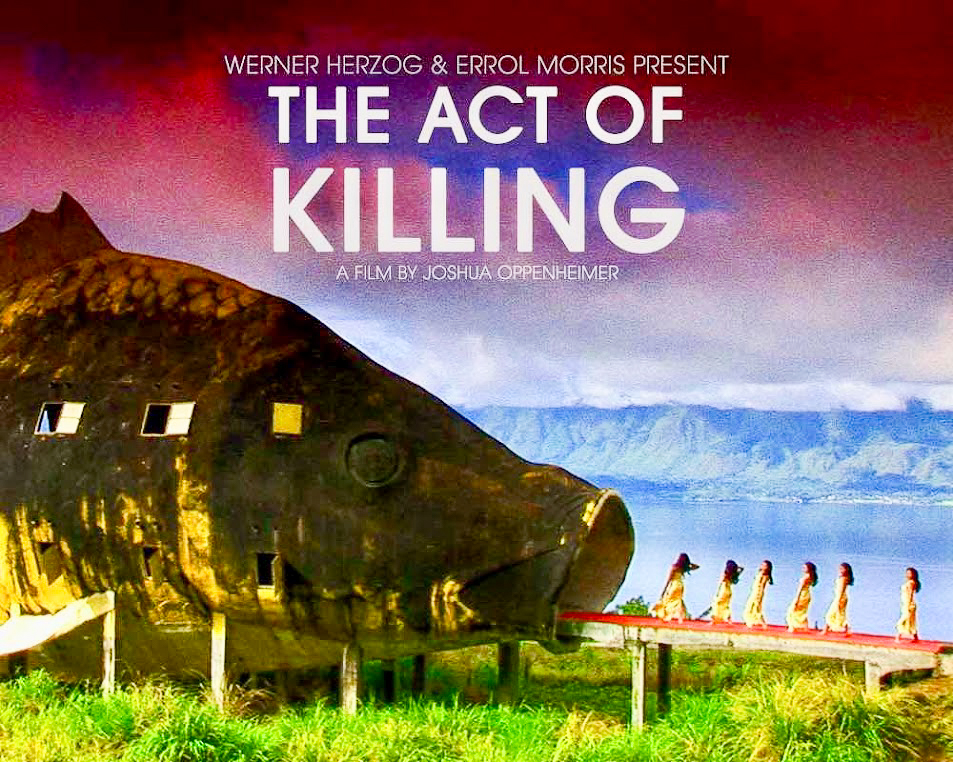And, indeed, I will ask on my own account here, an idle question: which is better—cheap happiness or exalted sufferings? Well, which is better?---Fyodor Dostoevsky ---Notes from Underground There are certain people of whom it is difficult to say anything which will at once throw them into relief—in other words, describe them graphically in their typical characteristics. These are they who are generally known as “commonplace people,” and this class comprises, of course, the immense majority of mankind. Authors, as a rule, attempt to select and portray types rarely met with in their entirety, but these types are nevertheless more real than real life itself. For instance, when the whole essence of an ordinary person’s nature lies in his perpetual and unchangeable commonplaceness; and when in spite of all his endeavours to do something out of the common, this person ends, eventually, by remaining in his unbroken line of routine—. I think such an individual really does become a type o...
The captured Indian speaks solemnly to the last remnants of a Spanish expedition seeking the fabled El Dorado, the city of gold. A padre hands him a Bible, “the word of God.” He holds it to his ear but can hear nothing. Around his neck hangs a golden bauble. The Spanish rip it from him and hold it before their eyes, mesmerized by the hope that now, finally, at last, El Dorado must be at hand. “Where is the city?” they cry at the Indian, using their slave as an interpreter. He waves his hand vaguely at the river. It is further. Always further.
Film tells the story of the doomed expedition of the conquistador Gonzalo Pizarro, who in 1560 and 1561 led a body of men into the Peruvian rain forest, lured by stories of the lost city. The opening shot is a striking image: A long line of men snakes its way down a steep path to a valley far below, while clouds of mist obscure the peaks. These men wear steel helmets and breastplates, and carry their women in enclosed sedan-chairs. They are dressed for a court pageant, not for the jungle.
The music sets the tone. It is haunting, ecclesiastical, human and yet something else. It is by Florian Fricke, whose band Popol Vuh (named for the Mayan creation myth) has contributed the soundtracks to many Herzog films.
The music sets the tone. It is haunting, ecclesiastical, human and yet something else. It is by Florian Fricke, whose band Popol Vuh (named for the Mayan creation myth) has contributed the soundtracks to many Herzog films.
"Never has Klaus Kinski been more unhinged than as the leader of this crew"
Aguirre rules with a reign of terror. He stalks about the raft with a curious lopsided gait, as if one of his knees will not bend. There is madness in his eyes. When he overhears one of the men whispering of plans to escape, he cuts off his head so swiftly that the dead head finishes the sentence it was speaking. Death occurs mostly offscreen in the film, or swiftly and silently, as arrows fly softly out of the jungle and into the necks and backs of the men. The film’s final images, among the most memorable I have ever seen, are of Aguirre alone on his raft, surrounded by corpses and by hundreds of chattering little monkeys, still planning his new empire.





%20DVD%20cover%20111.jpg)






.jpg)